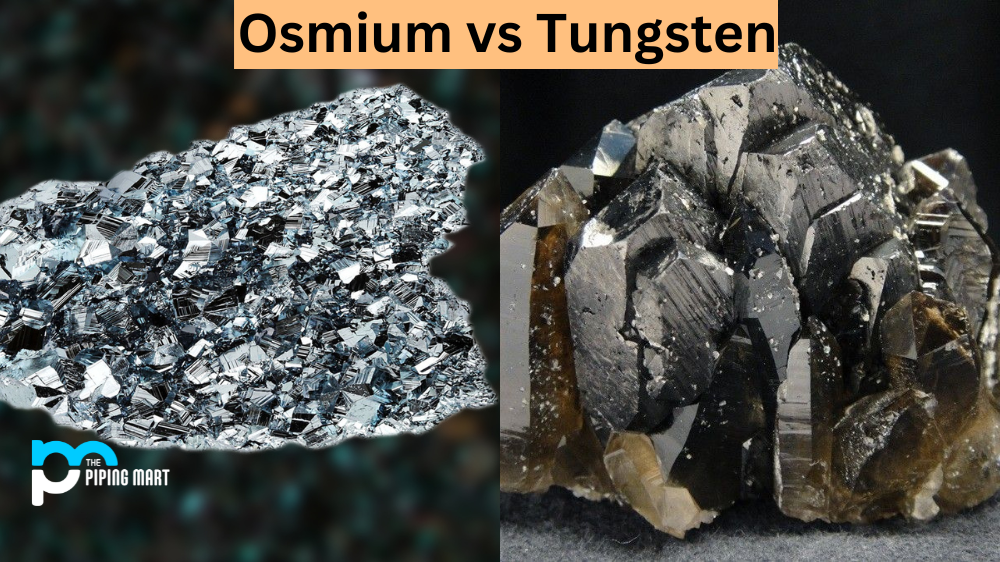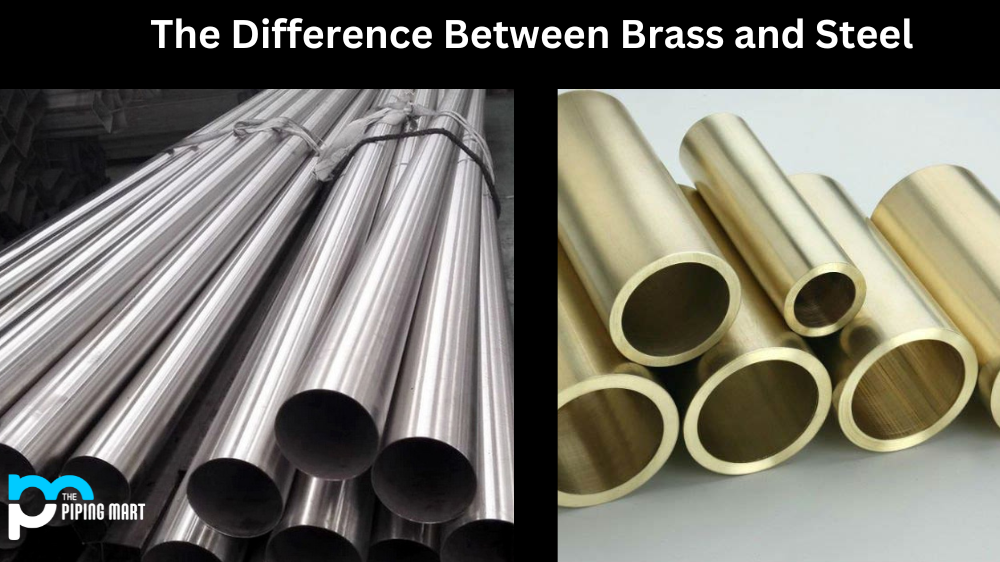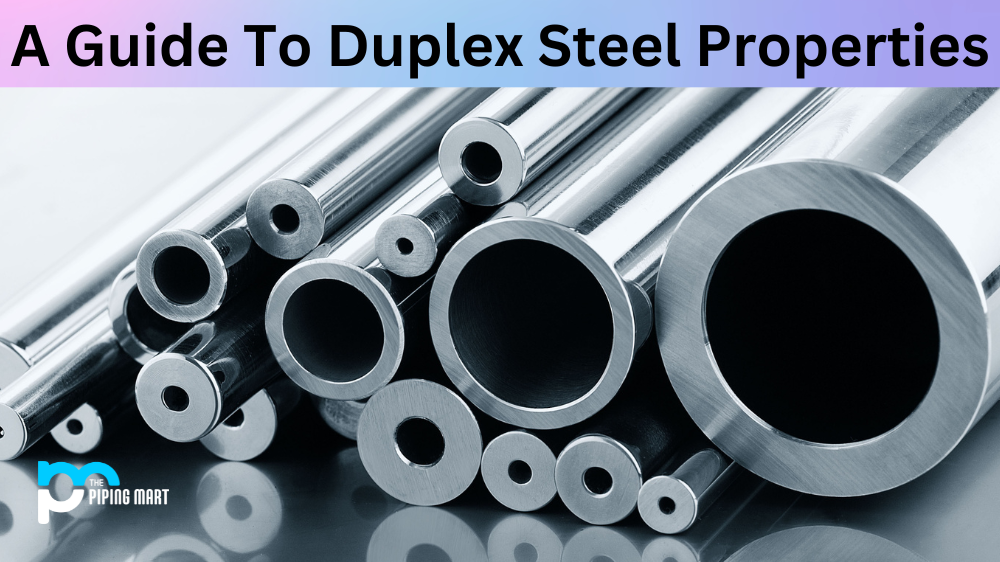There are many elements that have a wide range of uses in various industries. Two metals that are often put up against each other are osmium and tungsten. In this blog, we will compare the two elements, looking at their properties, uses and applications to help you decide which one is right for you.
Osmium and Tungsten Properties
Osmium is an extremely rare metal found in nature as part of the platinum group of metals (PGM). It has a melting point of 2,458 degrees Celsius, making it one of the hardest materials on earth. It also has a very high density at 22.6 g/cm3. Its corrosion resistance is only moderate compared to other PGMs, but its extreme hardness makes it difficult to work with.
Tungsten is a transition metal found in nature as wolframite or scheelite ore deposits. It has a higher melting point than osmium at 3,422 degrees Celsius and slightly denser than osmium at 19.25 g/cm3. Tungsten also has excellent corrosion resistance due to its strong passivation layer formed when exposed to air or water vapour. This makes it easier to work with than osmium.
Osmium and Tungsten Uses
Osmium is primarily used in filament applications such as light bulbs, medical implants and x-ray machines because of its hardness and high density; this helps increase their durability and lifespan significantly compared to other materials like titanium or stainless steel. It can also be used in industrial cutting tools because its high melting point ensures that it won’t wear down too quickly under extreme temperatures or pressures.
Tungsten’s strong passivation layer makes it ideal for use in corrosive environments such as chemical processing plants or oil refineries where other materials would be quickly corroded by exposure to chemicals or saltwater spray. Its high melting point also makes it ideal for use in welding applications since it won’t melt away during the welding process as other metals would. Finally, tungsten’s hardness makes it an excellent material for use in armour plating since it can resist penetration from bullets or explosives much better than most other metals can; this makes tungsten an ideal material for military vehicles or personal body armour plating.
Difference Between Osmium and Tungsten
- Osmium is the densest element on the periodic table. It has a density of 22.6 grams per cubic centimetre.
- Tungsten is the second densest element on the periodic table. It has a density of 19.3 grams per cubic centimetre.
- Osmium is significantly harder than tungsten.
- Tungsten has a higher melting point than osmium.
- Osmium is more reactive than tungsten.
Conclusion:
Both osmium and tungsten have unique properties that make them ideal for certain applications over others; however, both metals are expensive due to their rarity, so they should only be used when absolutely necessary due to cost considerations alone! The choice between osmium and tungsten ultimately comes down to what type of application you need them for; if you need something that resists corrosion, then tungsten might be the better choice, while if you need something with extreme hardness then maybe osmium is the way forward! Weigh your options carefully before deciding on which element will best suit your needs!

Pipingmart is a B2B portal that specializes in metal, industrial and piping items. Additionally, we share the latest information and information about materials, products and various types of grades to assist businesses that are involved in this business.




